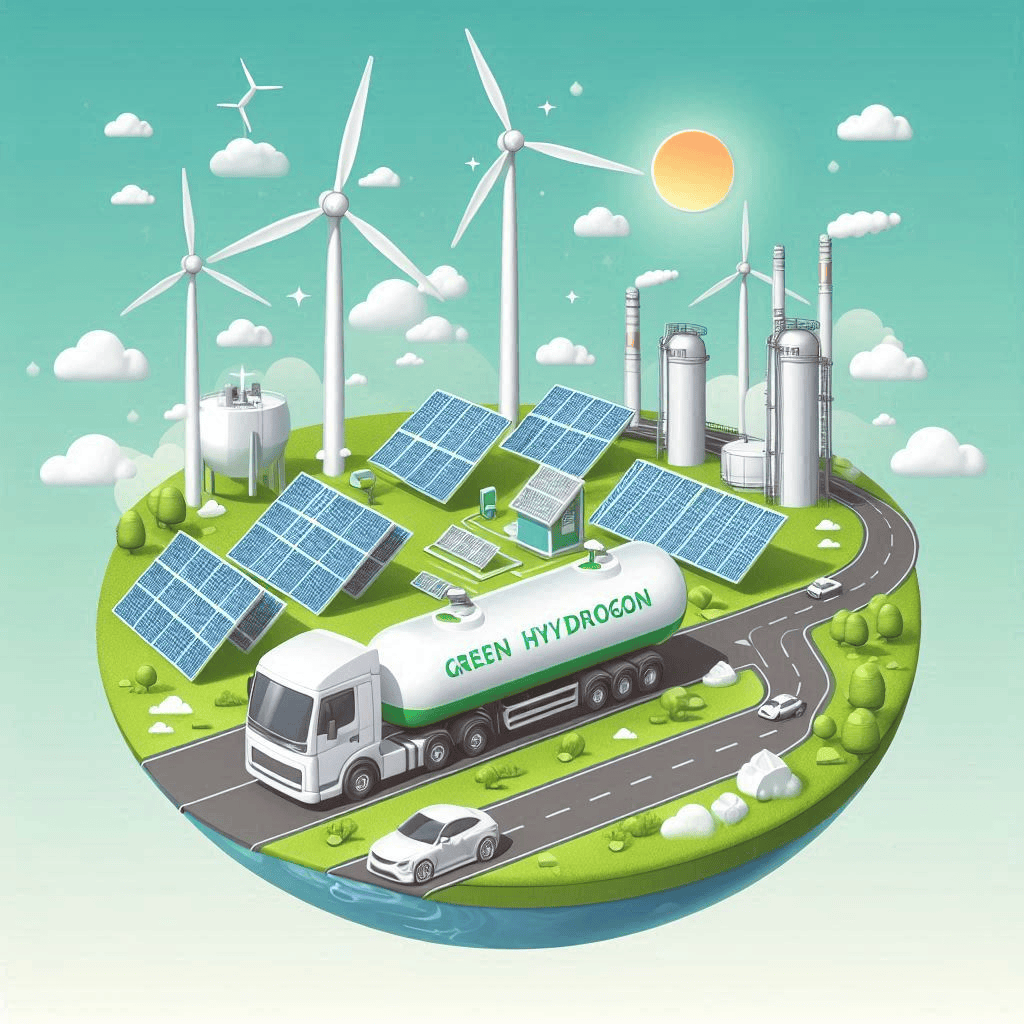RFNBO: The Key to Sustainable Green Hydrogen Production

The most important and advanced solutions are classified as RFNBO (Renewable Fuels of Non-Biological Origin), i.e. fuels of non-biological origin. In this article, we explain what this term means.
RFNBO: Hydrogen production for the 21st century
Hydrogen qualified as RFNBO is used from renewable energy produced in a process that does not involve biomass or other biological sources. A key energy source is a power source such as wind, solar or hydropower, while meeting strict greenhouse gas emission standards.
For hydrogen to be referred to as RFNBO in the European Union, the conditions set out in the RED II Directive (Renewable Energy Directive II) must apply:
Renewable energy source: The energy used for production must come from renewable energy installations in the energy system.
CO2 emission control: The entire production process must be monitored for CO2 emissions with the need to minimize the carbon footprint.
Technological purity: The production process must not involve sources derived from fossil fuels or other emission methods.
RFNBO Hydrogen Production Technologies
Water electrolysis powered by renewable energy
Water electrolysis remains the most common and advanced technology for producing RFNBO. This technology is powered by electricity and decomposes water (H₂O) into hydrogen (H₂) and oxygen (O₂).
Key types of electrolyzers for:
SOEC electrolyzer (oxide electrolysis cell)
SOEC electrolysers operating at temperatures (500–800°C), based on solid, ceramic components as the electrolyte. Possibility of using waste heat. Their commercialization is limited by high costs and material requirements.
PEM Electrolyzer (Proton Exchange Membrane)
PEM electrolysers based on a proton exchange membrane, producing hydrogen of very high purity (>99.999%). They are characterized by compact design, response to power changes and compatibility with renewable energy sources. Their limitation is the high cost of materials such as platinum and iridium.
Alkaline electrolysers
The oldest electrolysis technology, based on liquid alkaline electrolyte (e.g. KOH). These electrolyzers are widely used and usually the cheapest, which is one of the main reasons for their industrial applications.
The energy for these technologies comes from sources such as:
Wind turbines (onshore and offshore),
Photovoltaic installations,
Hydroelectric power plants.
2. Thermochemical Decomposition of Water
This process uses high-temperature thermal energy, often generated using solar-connected thermal systems (CSP, Concentrated Solar Power). At high temperatures, water splits into hydrogen and oxygen.
3. Photocatalysis and Photoelectrochemistry
These technologies transmit sunlight used to decompose water using catalysts.
4. Plasma Decomposition Processes
Plasma generated using renewable electricity can be used to initiate reactions leading to the production of hydrogen (e.g. in the plasma gasification process)
RFNBO Hydrogen Advantages
Versatility of applications: Hydrogen of this class is used in chemical processes (production of ammonia, methanol), metallurgy (replacing coke) and road transport (trucks, railways, ships).
Climate neutrality: RFNBO hydrogen supports the achievement of the goal set in the Paris Agreement and the European “Fit for 55” strategy.
